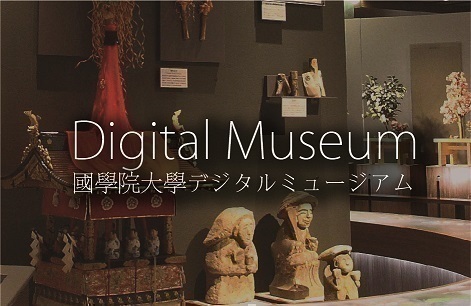- トップ
- Encyclopedia of Shinto
- Miyaji Shinsendō
Encyclopedia of Shinto
| Main Menu: | |
| Links: |
詳細表示 (Complete Article)
| カテゴリー1: | 8. Schools, Groups, and Personalities |
|---|---|
| カテゴリー2: | Modern Sectarian Groups |
| Title | Miyaji Shinsendō |
| Text | A Shinto religious movement with strong Daoist influences, founded by Miyaji Suii (originally known as Kakiwa, 1852-1904) centered in the area of Kōchi Prefecture. The traditions of the Miyaji family state that its ancestral founder was Takekai Konomiko, fourth child of the legendary prince Yamatotakeru, and that the lineage began when Takekai's eighth-generation descendant Miyaji Nobukatsu moved from Yamashiro to Tosa Province (former name of Kōchi Prefecture) on Shikoku Island. Other individuals from the same lineage included Miyaji Izuo (1847-1918; epistolary name Tōgaku) who worked as a ritualist in the Imperial Household Agency, and Miyaji Naokazu (1886-1949), who lectured on Shinto at Tokyo Imperial (Tokyo Teikoku) University. From the time of Miyaji Tokiwa (1818-90), who was strongly influenced by Hirata Atsutane, the family had engaged in the practice and study of the so-called "Daoist immortals" (Shinsendō), and this study was consolidated by Tokiwa's son Miyaji Suii. At the time of Miyaji Suii's death, his own son Kazunobu was still an infant, with the result that another member of the extended family, Miyaji Izuo was made second leader of the tradition. Suii's son Kazunobu died prematurely, and Izuo's son Miyaji Takeo (1886-1955) thus succeeded as the third leader. In 1948 the Shinsendō headquarters were consolidated into a more formal organization, and Miyaji Takeo was installed as its first president, while his relative Miyaji Yoshikazu became its chief priest (saishu). Later Kiyomizu Munenori became the chief priest (saishu) and worked to preserve the group's lineage, but when he died in 1988 and Kiyomizu's wife died the following year, the lineage came to an end. Miyaji Shinsendō was not an organized religious movement of the sort that carried out proselytizing activities. Other groups that consider themselves as part of the same religious tradition include Koshintō Senpōkyō and Miyaji Suiiha Shinsendō (led by Takekawa Fumio). Tomokiyo Yoshisane of the Shintō Tenkōkyo also asserted that he was part of Miyaji Suii's lineage in a spiritual sense. Miyaji Shinsendō's central doctrines are set out in texts such as Miyaji Kakiwa's Ikyō bibōroku (Reminder and Record of Other Realms) and Miyaji Izuo's Honchō shinsen kiden (Record of Japanese Immortals). As an account of an exploration in the world of immortals, Ikyō bibōroku can be considered to fall into the genre of tales of supernatural travel, while the Honchō shinsen kiden relates a series of spiritual biographies of such immortals. Techniques such as Miyaji Suii's reitai gyoketsu ("spirit-womb coalescence"), and Miyaji Izuo's concept of chinkon ("spirit sublimation," a form of possession technique) bear close resemblance to similar terminology in Daoism. — Tsushiro Hirofumi |




